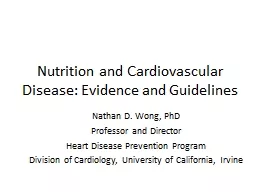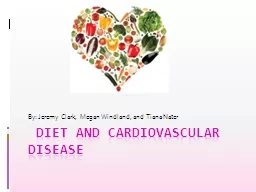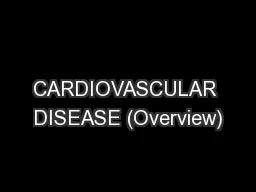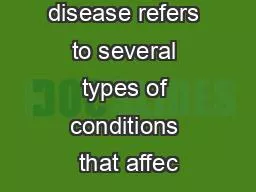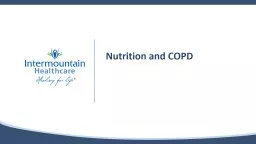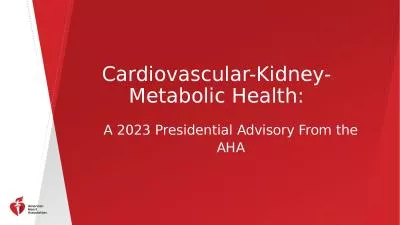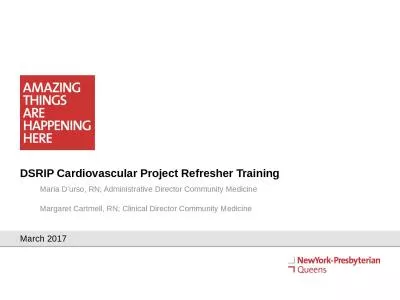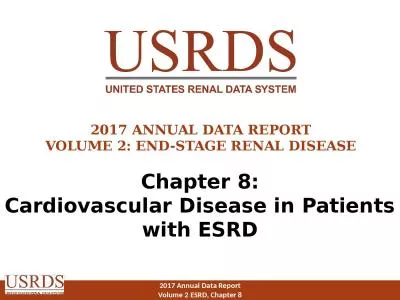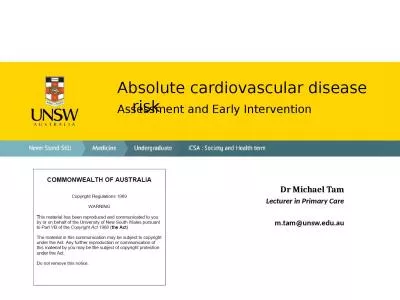PPT-Nutrition and Cardiovascular Disease: Evidence and Guidelin
Author : debby-jeon | Published Date : 2016-09-14
Nathan D Wong PhD Professor and Director Heart Disease Prevention Program Division of Cardiology University of California Irvine Dietary Effects on Lipids Seven
Presentation Embed Code
Download Presentation
Download Presentation The PPT/PDF document "Nutrition and Cardiovascular Disease: Ev..." is the property of its rightful owner. Permission is granted to download and print the materials on this website for personal, non-commercial use only, and to display it on your personal computer provided you do not modify the materials and that you retain all copyright notices contained in the materials. By downloading content from our website, you accept the terms of this agreement.
Nutrition and Cardiovascular Disease: Evidence and Guidelin: Transcript
Download Rules Of Document
"Nutrition and Cardiovascular Disease: Evidence and Guidelin"The content belongs to its owner. You may download and print it for personal use, without modification, and keep all copyright notices. By downloading, you agree to these terms.
Related Documents

